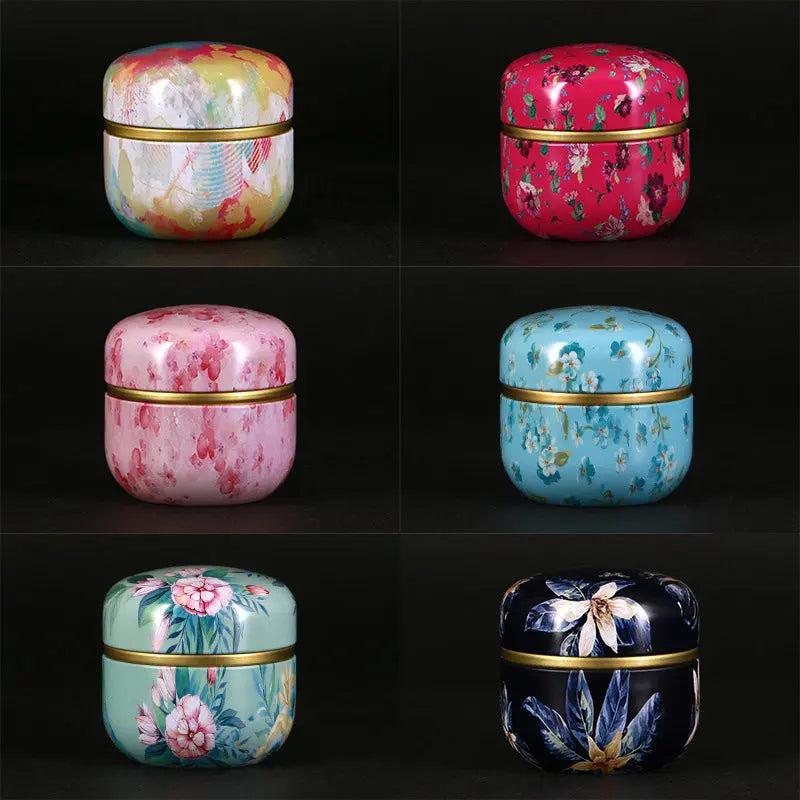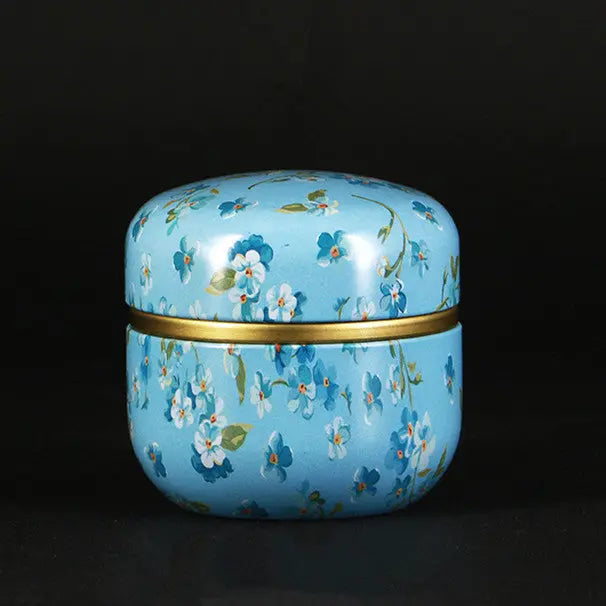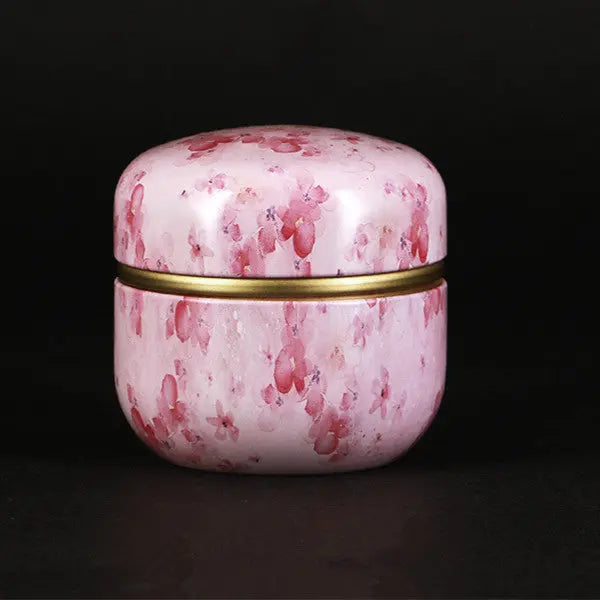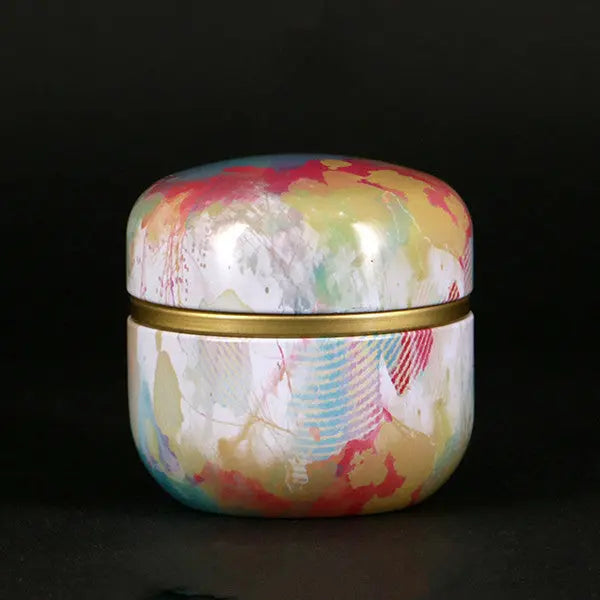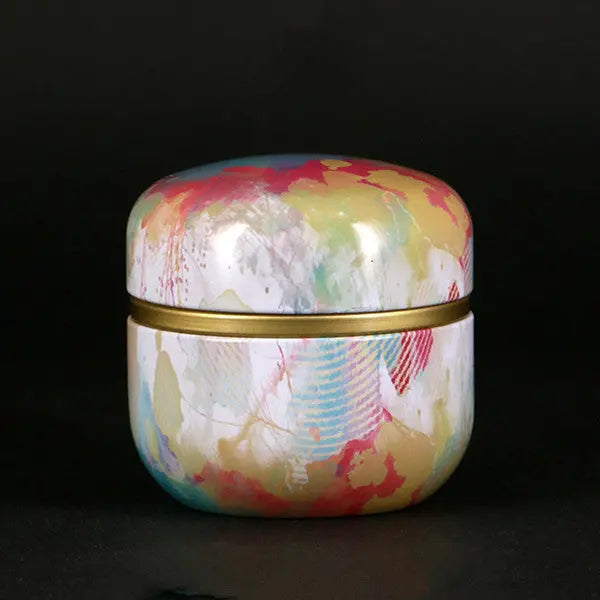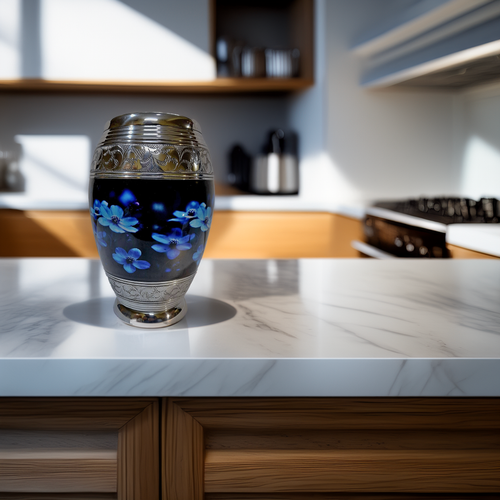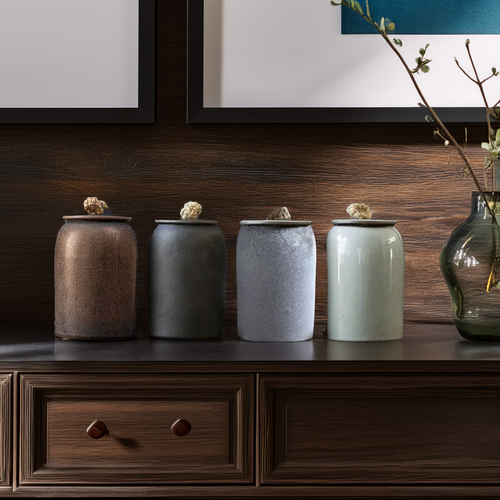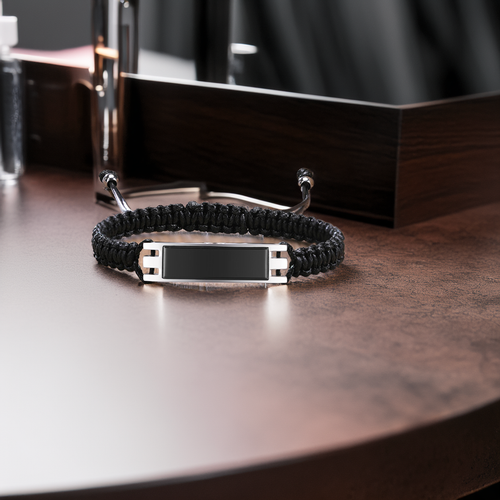1. The Evolution of Cremation Urns: A Historical Perspective
Cremation urns, the vessels that hold the ashes of our dearly departed, have a vast and intriguing history that spans across different cultures, materials, and styles. These urns have evolved over time, reflecting changing societal norms, artistic trends, and personal preferences. From the early pottery urns of ancient civilizations to modern biodegradable and digital urns, the journey of cremation urns is a testament to human creativity and our eternal quest to honour our loved ones in a meaningful way.
A Journey Through Time
Cremation urns trace their origins back to the Stone Age, some 3000 years B.C., when they were made of simple pottery and used to store ashes after the cremation process.
- Bronze Age: Urns became more ornate and were often included in burial mounds as a mark of respect.
- Ancient Rome: The Romans used beautifully crafted marble urns, which were placed in elaborate tombs.
With the advent of Christianity, burial practices overshadowed cremation, leading to a decline in urn usage. However, during the Renaissance period, cremation and the use of urns experienced a resurgence, focusing on individuality and personalisation.
Modern Styles and Materials
Today, the options for cremation urns are virtually limitless. Materials like traditional ceramic, wood, and metal are still popular, while modern innovations include biodegradable urns and even digital urns that store digital memorials.
- Eco-Friendly Trend: A surge in popularity for biodegradable urns allows for tree burials or sea scatterings, reflecting environmental consciousness.
- Personalisation: Many families now choose urns that reflect their loved one’s personality, with designs highlighting hobbies, careers, or personal interests.
This article delves deeper into the fascinating history, diverse styles, and future trends shaping cremation urns, exploring how these vessels continue to evolve as meaningful symbols of remembrance.
2. Understanding Different Materials Used in Cremation Urns
Choosing the material for a cremation urn often reflects personal preferences, cultural practices, and environmental considerations. Each material offers unique aesthetics and practical benefits.
Traditional Options: Wood and Metal
-
Wooden Urns: Crafted from oak, pine, or mahogany, these urns exude natural warmth and elegance.
- Example: A family in Vermont selected a wooden urn for their grandfather, a carpenter, celebrating his love for woodworking.
-
Metal Urns: Typically made from bronze, brass, or copper, these are valued for their durability.
- Research Insight: A University of Sheffield study confirmed that metal urns withstand weather conditions, making them ideal for outdoor memorials.
Contemporary Choices: Biodegradable and Glass Urns
-
Biodegradable Urns: Constructed from bamboo, sand, or salt, these eco-friendly urns align with the growing trend towards green funerals.
- Fact: A 2017 Yale study emphasised the significant role biodegradable urns play in promoting sustainable funeral practices.
-
Glass Urns: Hand-blown glass urns are unique, artistic, and symbolic.
- Example: A Californian couple chose a vibrant, hand-blown glass urn for their daughter, reflecting her creative spirit.
Practical Tips for Choosing Material
- Location: Outdoor urns require durable materials like stone or metal, while indoor urns can feature delicate designs in glass or ceramic.
- Transportation: Heavier materials like metal might be harder to move compared to lighter biodegradable options.
- Personal Touch: Choose a material that reflects your loved one’s personality, such as natural wood for nature enthusiasts or artistic glass for creatives.
3. Exploring the Various Styles of Cremation Urns
With a variety of styles available, cremation urns offer unique ways to commemorate a loved one. Each style reflects a distinct aesthetic and symbolic significance.
Traditional Urns
The classic vase-shaped urns often made from brass, bronze, marble, or wood remain a prevalent choice due to their timeless appeal.
- Fact: According to the Cremation Association of North America, traditional urns are popular for their affordability and elegance.
Artistic Urns
For those who lived creatively, artistic urns feature unique shapes, vivid colours, and hand-painted designs.
- Example: A potter in New Mexico shared how a family chose a vibrantly painted ceramic urn for their artist relative, celebrating their creative spirit.
Biodegradable Urns
Eco-conscious families increasingly opt for biodegradable urns made from materials like sand, salt, or coconut shell.
- Trend: A Funeralwise survey revealed that 72% of respondents are considering eco-friendly options, reflecting growing environmental awareness.
Personalised Urns
Engraved names, dates, and special messages make personalised urns a deeply meaningful choice.
- Example: One family engraved a motorcycle and an open road on an urn to honour their loved one’s passion for motorbiking.
Choosing the right cremation urn is a deeply personal decision. Whether traditional, artistic, biodegradable, or personalised, each urn serves as a tribute to the life and legacy of a loved one.
4. The Significance of Design and Decoration in Cremation Urns
Design and decoration play a pivotal role in the selection of cremation urns. Beyond functionality, these elements reflect the deceased's personality, interests, and legacy, serving as a lasting tribute to their life.
The Importance of Personalisation
A study by the Funeral and Memorial Information Council revealed that 66% of consumers aged 40 and above value personalised memorials. This preference extends to cremation urns, where designs and materials can encapsulate the essence of the departed.
- For a nature lover, an eco-friendly urn adorned with hand-painted flowers or forest motifs might be an ideal choice.
- A mariner might be commemorated with a wooden urn featuring nautical designs.
Jenny, a grief counselor, recalls a poignant story of a client who chose a ceramic urn with a hand-painted dragon for her brother, a fantasy book enthusiast. "She felt the dragon symbolised his fiery spirit and love for fantasy novels," Jenny shared. "Every time she sees the urn, it brings back fond memories of her brother's passion."
The Symbolism of Design Elements
Decorative elements on cremation urns often carry profound meaning:
- Butterflies: Represent transformation and rebirth, symbolising the soul’s journey.
- Roses: A beloved flower often associated with love, beauty, and remembrance.
Anita, who lost her mother, selected an urn with intricate rose designs. "Roses were her favourite flower," Anita explained. "Having them on the urn feels like she’s still with us."
Practical Tips for Choosing a Design
- Reflect on Interests: Choose designs that resonate with the deceased’s passions, beliefs, or hobbies.
- Consider Display: Ensure the design complements its intended location, whether at home or in a columbarium.
- Prioritise Meaning: Select decorations that hold emotional value and evoke cherished memories.
The design of a cremation urn is a visual testament to a loved one’s life. It provides comfort, helping to bridge the gap between grief and remembrance.
5. Customisation Options in Cremation Urns
Customising a cremation urn is a meaningful way to honour a loved one. By incorporating unique materials, designs, and engravings, families can create a personalised tribute that reflects the individuality of the departed.
Personalised Engravings
Engravings are one of the most common and heartfelt customisation options. These can include:
- Names and dates.
- A favourite quote or lyric.
- Artistic images.
For example, Lisa chose a rosewood urn for her mother, engraved with Emily Dickinson’s line, "Hope is the thing with feathers." This personal touch brought Lisa solace, reminding her of her mother’s love for literature.
Theme-Based Customisation
Themed urns celebrate unique interests and hobbies:
- A sailor could be honoured with a ship-shaped urn or nautical motifs.
- A golfer might be commemorated with a bronze urn featuring a golf scene.
George, whose father was a long-time golfer, chose a golf-themed urn, recalling fond memories of their afternoons on the green.
Custom Shapes and Sizes
Urns don’t have to adhere to traditional forms. As preferences evolve, many opt for non-traditional shapes or sizes that better represent the deceased:
- A musician might be remembered with a guitar-shaped urn.
- An artist could have a sculptural urn reflecting their creative spirit.
A study from the Funeral Directors Association highlights the growing popularity of non-traditional urns, driven by a desire for more personalised memorials.
Materials and Finishes
The material and finish of an urn add another layer of personalisation:
- Classic marble for timeless elegance.
- Warm wood for a natural aesthetic.
- Eco-friendly materials for sustainability.
Some families opt for combinations like wood and glass or metal and stone to create unique designs that stand out.
Customising a cremation urn is more than a process; it’s a journey of reflection and remembrance. It allows families to celebrate the deceased’s life and passions, creating a tribute that resonates long after they are gone.
6. Maintaining and Preserving Your Cremation Urn: Practical Tips
After selecting and personalising a cremation urn that honours your loved one, maintaining its condition ensures it remains a beautiful and lasting tribute. Proper care helps preserve its aesthetic appeal and structural integrity for years to come. Below are practical tips to help you care for your cremation urn.
Regular Dusting and Cleaning
Routine cleaning is essential to maintaining the urn's appearance:
- Dusting: Use a soft, dry cloth for regular cleaning. Lucy, a retired nurse from Boston, shares, "Dusting my father’s urn is a simple way to keep it clean while reflecting on fond memories."
- Thorough Cleaning: For ceramic, glass, or metal urns, a damp cloth can provide a more in-depth clean. However, ensure the urn is completely dry afterward to prevent damage.
Pro Tip: Avoid moisture with metal urns. John, an antique collector, advises, "I neglected to dry my grandmother’s brass urn properly, and it began to corrode."
Be Mindful of Placement
Where you place the urn can significantly affect its longevity:
- Avoid Direct Sunlight: Prolonged exposure can fade colours on wooden or painted urns.
- Protect from Humidity: Damp conditions can cause rust or warping, especially for metal or wooden urns.
Maria, a florist from San Francisco, recounts, "We moved my sister’s urn from a sunny windowsill to a shaded area to prevent fading."
Use Professional Services When Necessary
For high-value or intricately designed urns, professional maintenance may be ideal:
- Seek restoration services for antique or delicate urns.
- The Smithsonian Museum Conservation Institute highlights that professional care can extend the life of antique items by decades.
Conduct Regular Inspections
Frequent checks can help identify wear or damage early:
- Examine the urn monthly for signs of corrosion, fading, or structural damage.
- Emily, a schoolteacher from New York, says, "Regular inspections give me peace of mind that my husband’s urn is well-maintained."
In summary, preserving your cremation urn requires regular care, strategic placement, and professional assistance when necessary. These measures ensure the urn remains a cherished and lasting tribute to your loved one.
7. Things to Consider When Choosing a Cremation Urn
Selecting a cremation urn is a deeply personal and emotional process. It’s not just about choosing a container—it’s about honouring a life and preserving cherished memories. Here are key considerations to guide your decision.
Reflecting on Material and Style
Cremation urns are available in various materials and styles:
- Materials: Whether it’s the natural elegance of wood, the timeless beauty of bronze, or the modern appeal of glass, choose a material that resonates with your loved one’s personality.
- Styles: From traditional to contemporary, ornate to minimalist, the design should reflect the unique spirit of the departed.
The Importance of Longevity
Durability is another critical factor:
- Maintenance Requirements: Bronze may need periodic polishing, while wood may require oiling.
- Environmental Considerations: Some materials, like biodegradable options, are not suited for permanent outdoor display.
Practical Considerations
Beyond aesthetics, consider the functional aspects of the urn:
- Size: Ensure the urn has adequate capacity. The standard size for an adult urn is approximately 200 cubic inches.
- Weight: For portability, lighter materials like biodegradable options may be preferable over heavy metals or stone.
The Final Takeaway
Choosing the perfect cremation urn is a balance of aesthetics, practicality, and sentiment. Take your time to reflect on what feels right. The ideal urn should serve as a lasting tribute, offering comfort and connection to your loved one’s memory.



